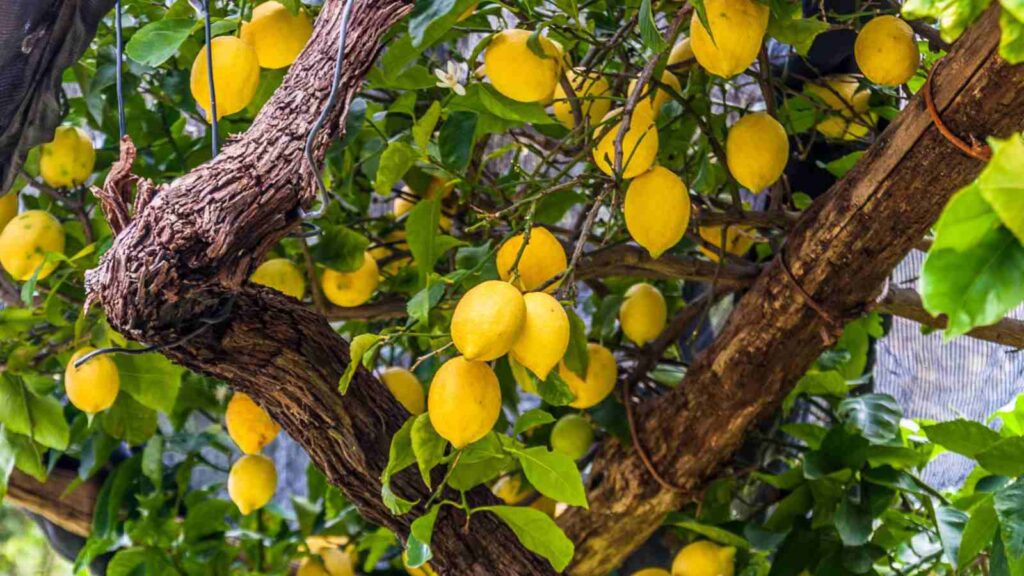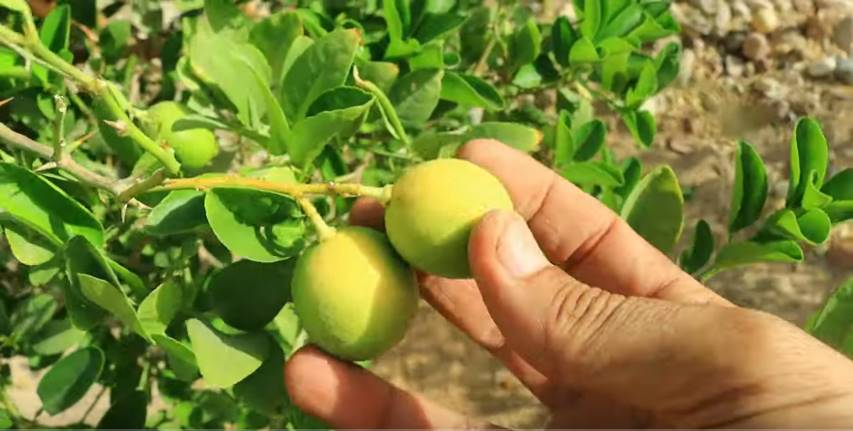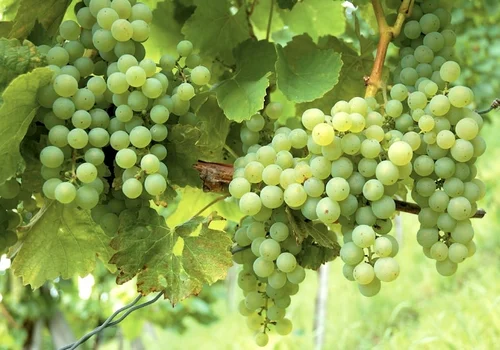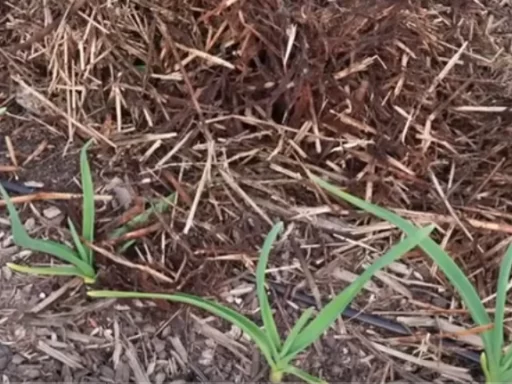Lemon trees, whether mature or young, require specific care to thrive and produce a bountiful harvest. This article outlines seven critical practices to ensure your lemon trees grow rapidly and yield plentiful fruit. Timeliness is crucial in these processes to achieve strong, fruitful trees.
1. Pruning Lemon Trees
Pruning is vital for lemon trees and arguably more important than fertilization. The ideal time for pruning is late winter, just before spring, to avoid cutting while the tree is blooming. Pruning helps the tree focus on new growth, which is where 70% of the fruit appears. Cutting old branches encourages the tree to produce new, fruitful branches. Additionally, removing dead or crossing branches helps the tree grow faster by allowing better airflow and sunlight penetration.
2. Managing Bloom and Fruit Set
To maximize fruit set and minimize flower drop, adjust your watering practices. During the flowering period, reduce watering frequency and amount. If flowers still drop, use special horticultural products designed to stabilize flowers. Strong, healthy trees, well-fertilized, will hold onto their flowers better.
3. Dry Season Management
In the seventh month, practice withholding water from the trees for about a month. This method, known as “drying off,” encourages the tree to grow new shoots and bloom more abundantly. After this period, resume watering gradually to prevent shock and promote healthy growth.
4. Soil and Fertilization

Lemon trees need a substantial amount of nutrients to remain healthy. If you prefer not to use chemical fertilizers, consider organic options like poultry or cow manure. Apply fertilizers at the start of winter to help the tree store nutrients for spring growth. Avoid letting water or fertilizers come into direct contact with the trunk, as this can lead to fungal diseases.
5. Pest Control
Lemon trees are prone to pests such as leaf miners. These insects feed on young leaves, causing them to curl and eventually die. Use insecticides or natural remedies to control these pests. Regular monitoring and treatment can prevent significant damage to your tree.
6. Removing Diseased or Unproductive Branches
Regularly inspect your lemon tree for any diseased or non-productive branches. These branches often appear near the ground and absorb nutrients that could otherwise support healthier parts of the tree. Removing these branches improves the tree’s overall health and productivity.
7. Advanced Techniques for Improved Fruit Yield
An advanced method to boost fruit production involves removing a small section of bark around the tree’s branches. This technique, known as “girdling,” should be done carefully to avoid damaging the tree. Cover the exposed area with soil or other materials to protect it. This method can lead to increased flowering and fruiting.
Frequently Asked Questions
- When is the best time to prune lemon trees? The best time to prune lemon trees is late winter, just before the blooming season begins.
- How often should I water my lemon tree during flowering? Water your lemon tree less frequently during flowering and use smaller amounts to reduce the risk of flower drop.
- What is the purpose of “drying off” the lemon tree? Withholding water for a month encourages new growth and increases the likelihood of abundant flowering.
- Can I use organic fertilizers for my lemon tree? Yes, organic options like poultry or cow manure are effective alternatives to chemical fertilizers.
- How can I control pests on my lemon tree? Use insecticides or natural remedies to manage pests like leaf miners, and regularly monitor your tree for signs of infestation.
- What should I do if my lemon tree has diseased branches? Remove any diseased or non-productive branches to improve the overall health and productivity of the tree.
- What is the girdling technique, and how does it benefit my lemon tree? Girdling involves removing a section of bark around a branch to stimulate increased flowering and fruiting.






